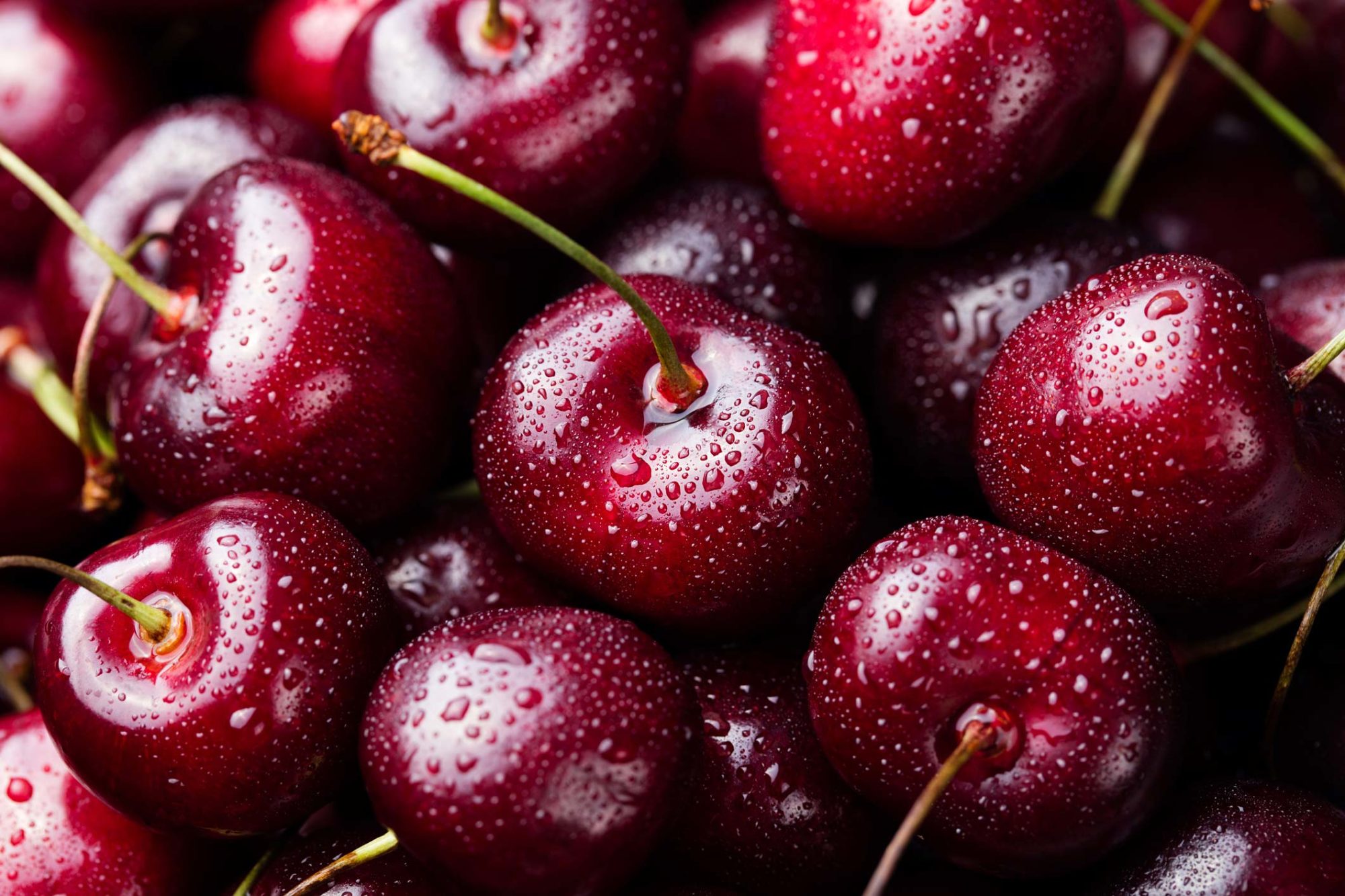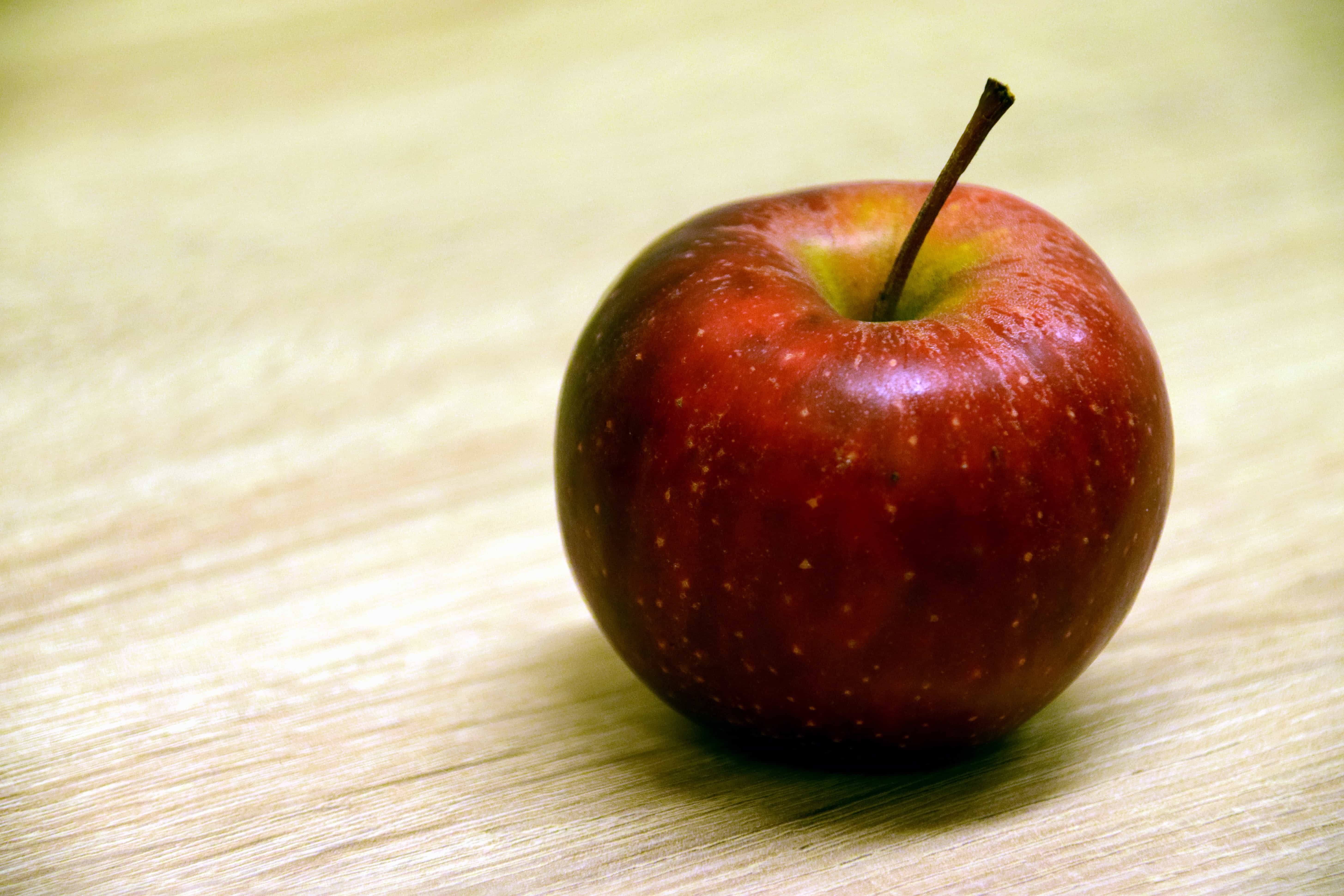Grapes $
The Sweet and Juicy Grape: Uses, Facts, Nutritional Benefits, and Tips
Introduction
Grapes are delicious and versatile berries known for their sweet flavor, refreshing juiciness, and vibrant colors. They are not only a popular snack but also packed with essential nutrients that offer numerous health benefits. In this blog post, we will explore the different uses of grapes, fascinating facts about them, their nutritional benefits, and some helpful tips for incorporating them into your diet. Finally, we will discuss the average price of grapes.
Uses of Grapes
Grapes can be enjoyed in various ways, making them a versatile fruit in the kitchen. Here are some common uses:
- Fresh: Grapes are a convenient and healthy snack, perfect for on-the-go enjoyment.
- Snacking: Grapes can be eaten fresh, dried as raisins, or frozen for a refreshing treat.
- Salads: Grapes add sweetness and crunch to salads, combining well with greens, nuts, and cheeses.
- Smoothies: Adding grapes to smoothies provides natural sweetness, hydration, and a boost of antioxidants.
- Cooking: Grapes can be roasted, grilled, or sautéed to enhance their flavor in savory dishes like chicken or pork.
- Drinks: Grapes are used to make juice, wine, and vinegar, each offering unique flavors and culinary uses.
- Desserts: Grapes are a classic ingredient in desserts such as fruit tarts, sorbets, and gelato.
- Jams and Preserves: Grapes can be made into jams, jellies, and preserves to enjoy their flavor year-round.
- Decoration: Whole grapes or grape clusters can be used as decorative elements on cheese platters or fruit displays.
Interesting Facts About Grapes
- Grapes are scientifically known as Vitis vinifera and belong to the Vitaceae family.
- Grapes are one of the oldest cultivated plants, dating back over 6,000 years to ancient Mesopotamia.
- China is the largest producer of grapes, followed by Italy, the United States, and Spain.
- Grapes come in a variety of colors, including green (white), red (purple), and black, each offering distinct flavors and nutritional profiles.
- Grapes are rich in antioxidants, including resveratrol, flavonoids, and vitamin C, which help protect cells from oxidative damage.
- Grape seeds and skins contain polyphenols, compounds known for their potential health benefits, including heart health and anti-inflammatory properties.
- Grapes are naturally low in calories and fat, making them a nutritious choice for weight management and overall health.
- Grapes are harvested once a year, typically in late summer to early autumn, depending on the grape variety and growing region.
Nutritional Elements of Grapes
Grapes are not only delicious but also packed with essential nutrients. Here are some key nutrients found in grapes:
- Vitamin C: Grapes are a good source of vitamin C, an antioxidant that supports immune function and skin health.
- Resveratrol: Grapes contain resveratrol, a polyphenol associated with potential health benefits, including cardiovascular support.
- Fiber: Grapes provide dietary fiber, which aids digestion and helps maintain a healthy gut.
- Potassium: Grapes are rich in potassium, an electrolyte that helps regulate blood pressure and heart function.
- Antioxidants: Grapes contain various antioxidants, including flavonoids and phenolic acids, which help protect against oxidative stress.
- Water Content: Grapes have high water content, contributing to hydration and overall fluid intake.
- Low in Calories: Grapes are naturally low in calories, making them a guilt-free snack option.
- Vitamin K: Grapes provide vitamin K, essential for blood clotting and bone health.
Helpful Tips for Using Grapes
- Choose grapes that are plump, firm, and firmly attached to the stem for the best flavor and freshness.
- Store grapes in the refrigerator and wash them just before eating to maintain their crispness and flavor.
- Freeze grapes for a refreshing and natural alternative to ice cubes or enjoy them as a cool summer snack.
- Add grapes to fruit salads, yogurt, or cereal for a burst of sweetness and texture.
- Use grapes in savory dishes by pairing them with cheese, nuts, and herbs in appetizers or salads.
- Experiment with different grape varieties, such as Concord, Thompson Seedless, or Muscat, to discover unique flavors and uses.
- Create homemade grape juice or wine by crushing grapes and straining the juice for a refreshing beverage.
- Blend grapes into smoothies or sorbets for a naturally sweet and nutritious treat.
- Use grape skins and seeds to make antioxidant-rich extracts or supplements for potential health benefits.
Average Price of Grapes
The price of grapes can vary depending on the season, variety, and location. On average, fresh grapes typically cost between $2.00 and $4.00 per pound in the United States.
Cost: 2.00 and 4.00








0